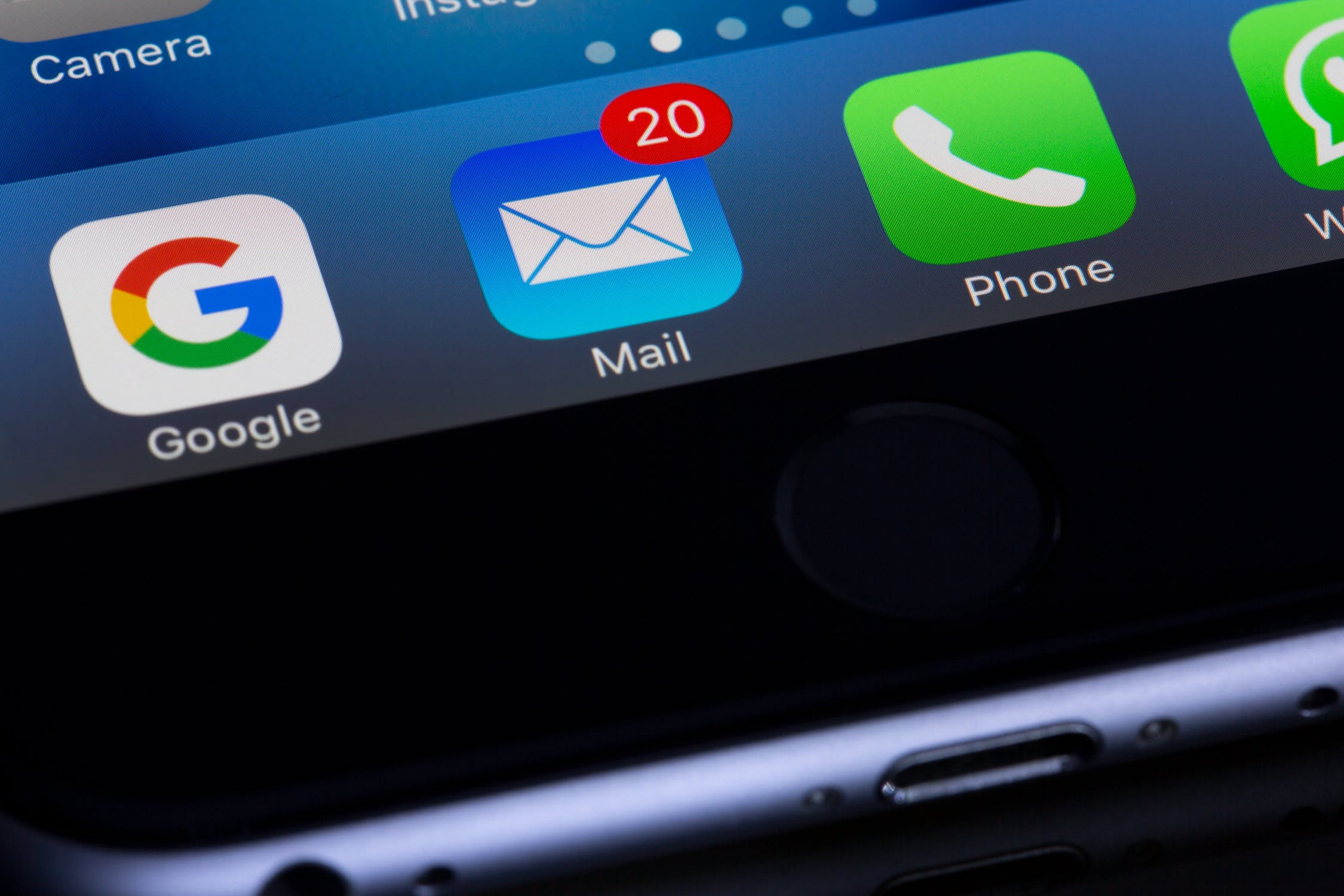- Greet Everyone
It is not only courteous to greet everyone you come into contact with, but it also develops connection. Because you never know who the people you welcome might be, it’s crucial to greet everyone with the same level of courtesy.
A simple “How are you?” or a grin and nod would suffice. Adding more, on the other hand, may cause them to remember you and perceive you as nice and pleasant. It can also be used to start a conversation. But remember to be considerate. Don’t force a discussion if they appear to be in a hurry or aren’t interested right now.
The trick is to offer open-ended questions that require more than a simple “yes” or “no” answer in order to keep the conversation moving forward.

- Introduce Others
Nobody wants to stand awkwardly among a group of strangers who have no idea who they are or what they are doing there. It’s uncomfortable. It is courteous to make an introduction if you begin up a discussion with someone you haven’t met before.
However, include a little more information than just their name. You could also include the person’s job title and responsibilities at your organization. This provides some context for others, but keep it brief.

One of the first bits of information we acquire about someone is their name. It’s how people address you and recognize you.
Include your last name while introducing yourself to others. If you have a common first name like Nicole or Mark, this is highly crucial.
Please pay attention to a person’s name when you first meet them. If you don’t know how to pronounce something, be honest and ask. If the name is difficult to say, the person is likely to be unconcerned. It shows that you are interested in them and are concerned about doing it correctly. Please don’t make up a nickname or mispronounce their name. Don’t be afraid to call them what they want to be called.
It can be difficult to remember people’s names, especially if you meet several people at once. Identifying a feature that helps you differentiate them is one trick you can employ. Another option is to repeat their name three to four times in your speech, but not so often that it becomes noticeable.

- Offer a handshake and make eye contact
The worldwide business greeting is a handshake. Even now, a forceful handshake is regarded as a favorable trait. A negative one is one that is feeble.
The higher-ranking individual will usually extend their hand first, but if they don’t, you can extend yours as well. When you shake their hand, smile and make an eye contact. Averting one’s gaze is interpreted as a lack of confidence and honesty.

- Be polite and professional in all forms of communication
Whether you’re meeting in person, on the phone, or by email, every connection should be professional.
You don’t get the tone of voice, facial emotions, or other nonverbal clues when you interact just through text. When drafting emails, keep this in mind. Keep texts brief and sweet, but don’t mention anything you wouldn’t say in person.

- Give cues that show you’re paying attention
It’s crucial to nod or smile when someone else is speaking. This demonstrates that you are attentive and attentive. It shows that you are interested in what they have to say and that you value their opinions.
Make an effort not to interrupt. If you want to talk, open your mouth as a nonverbal gesture, but it is courteous to wait for them to finish.

- Dress Appropriately
In recent decades, dress restrictions have been much more flexible. However, just because there is no law prohibiting you from wearing a hoodie, sweatpants, and flip-flops to work does not mean you should.
Even though we tell ourselves not to “judge a book by its cover,” our first instinct is to do just that. In fact, research has shown that people’s appearance is the first thing they notice about others. It has the most impact on first impressions.
You don’t have to wear a three-piece suit, but wearing smartly demonstrates that you care about your look and are more likely to care about your profession.
People may perceive you as lazy if you dress in loungewear in a business atmosphere. It doesn’t rule out the possibility of wearing a casual shirt and jeans on occasion. Go for it if it’s appropriate for the work atmosphere and situation.

- Proofread emails for grammar and typo mistakes
If you’re like most professionals, you’ll use email to communicate a lot. Because each communication you send reflects on you, you must ensure that it is professional and well-written. In emails, there should be no typos. Proofreading your emails before sending them takes only a few seconds.
The majority of it can even be done for you by technology. You can, for example, get the Grammarly add on for free. It scans your emails for errors and makes advice on how to fix them.

- Send customized, handwritten Thank you notes
Sending auto-confirmation and thank-you emails after customers make an online transaction is perfectly acceptable. A thank you via email, on the other hand, is considered insincere and impolite, especially if it is for a significant account or a long-standing commercial relationship.
Instead, handwrite a heartfelt thank you note and mail it. It may take a few more minutes of your time and a small amount of money for shipping, but it will be much appreciated.

- Always be on Time
Punctuality is essential when it comes to appearing at work, attending a meeting, or meeting a deadline. Time is a valuable commodity.
When you miss a deadline, your entire team suffers, and you may be forced to cover for yourself. Every member of a team is expected to contribute. If you don’t keep track of your work on a regular basis, it’s easy to underestimate how much time you’ll need to finish a job. Using a time monitoring program like Toggl Track, you can see how long it takes you to perform tasks.
You are disrespectful and inconsiderate of another person’s time and responsibilities when you arrive late. Please don’t be late.
If you’re running late, inform them as soon as you think you won’t be able to make it on time. Also, don’t arrive too early. It’s best to arrive 5 to 10 minutes early for your appointment.












